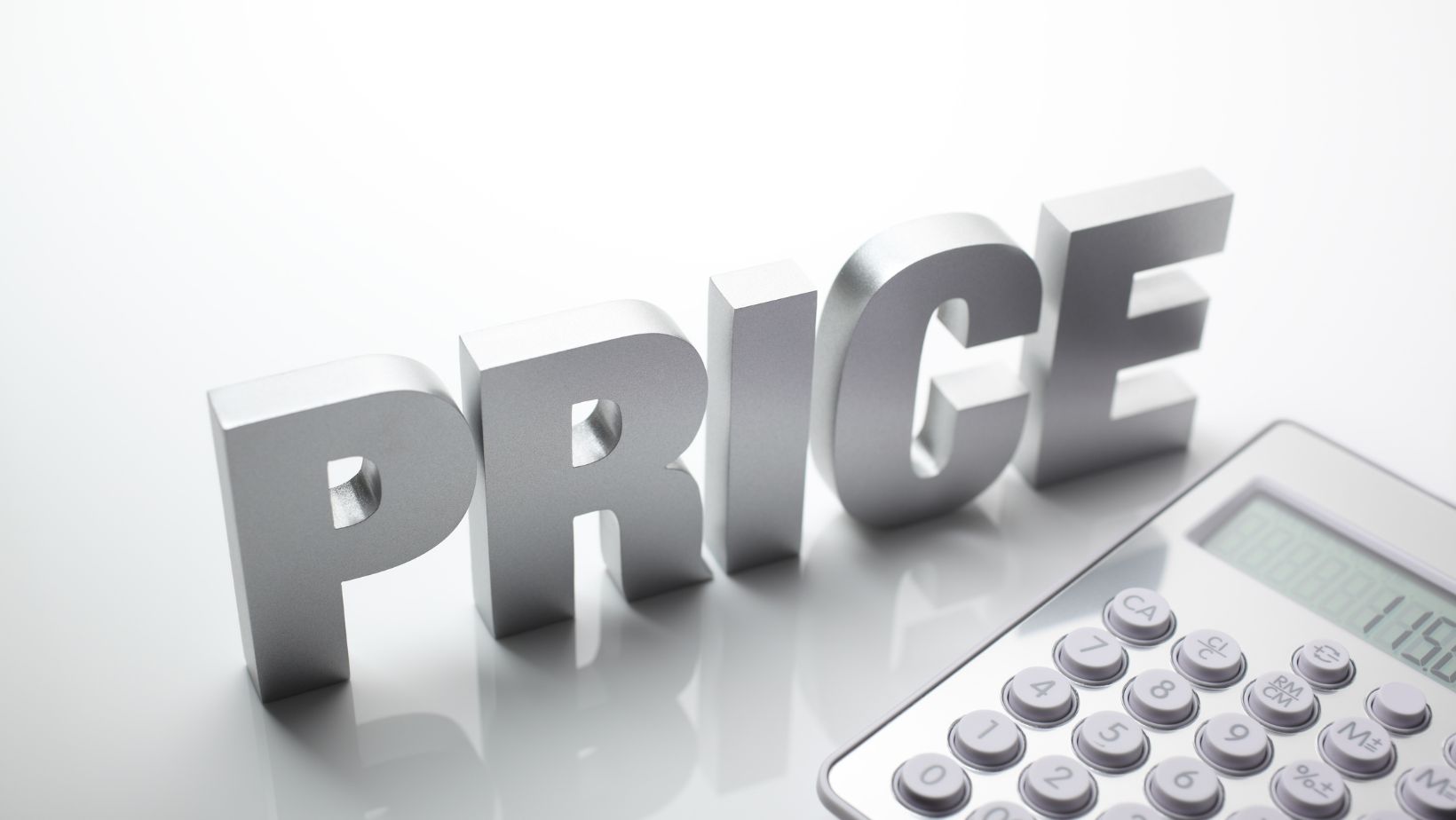
Price optimization systems aren’t just about the bottom line. They’re also about understanding customer behavior, market trends, and competitive dynamics. This article will explore the ins and outs of these systems, shedding light on how they could revolutionize your business strategy. Stay tuned if you’re ready to take your pricing decisions to the next level.
Price Optimization System
Price Optimization is a data-driven system that empowers businesses by determining the optimal pricing for products or services. This system relies on advanced algorithms and analytics that examine a multitude of factors like customer behavior, market demand, and competition. By leveraging price optimization, businesses can set the correct pricing to increase profitability and maintain a competitive edge.
Role of Price Optimization in Business
 Price Optimization plays a vital role in business strategy by assisting in informed decision-making and ensuring pricing efficiency. It actively helps to balance supply and demand, addressing the challenge of price sensitivity in distinctive segments by offering various price points. Additionally, it enables businesses to avoid potential losses incurred due to overpricing or underpricing. By embracing a price optimization system, businesses can efficiently increase their market share and optimize profitability.
Price Optimization plays a vital role in business strategy by assisting in informed decision-making and ensuring pricing efficiency. It actively helps to balance supply and demand, addressing the challenge of price sensitivity in distinctive segments by offering various price points. Additionally, it enables businesses to avoid potential losses incurred due to overpricing or underpricing. By embracing a price optimization system, businesses can efficiently increase their market share and optimize profitability.
Benefits of a Price Optimization System
Factoring a price optimization system into the business strategy paves the way for ample benefits, from increased profit margins to sales efficiency. It’s a vital instrument that augments business performance by fortifying the pricing strategy using data-driven insights.
Boosted Profit Margins
A predominant advantage of a price optimization system is the substantial enhancement in profit margins. It scrutinizes piles of data, drawing useful information about customer behavior, market trends, and competition. This trove of insights empowers businesses, enabling them to establish prices that not only hit the sweet spot for customers but also secure their profit margins. For instance, if the system detects a surge in demand for a product, it may suggest a slight increase in price.
Dynamic Pricing Strategy
 Implementing a price optimization system equips businesses with the agility to devise a dynamic pricing strategy. By continually analyzing market conditions and trends, the system generates effective price points that strike a balance between profitability and desirability. This means that prices are never static but always fine-tuned to mirror current market behavior. Take the example of airlines: they dynamically adjust their ticket prices based on factors like booking time, remaining seats, and competing airlines’ pricing.
Implementing a price optimization system equips businesses with the agility to devise a dynamic pricing strategy. By continually analyzing market conditions and trends, the system generates effective price points that strike a balance between profitability and desirability. This means that prices are never static but always fine-tuned to mirror current market behavior. Take the example of airlines: they dynamically adjust their ticket prices based on factors like booking time, remaining seats, and competing airlines’ pricing.
Increased Sales Efficiency
The inclusion of a price optimization system can lead to a marked rise in sales efficiency. It eliminates guesswork from pricing decisions, bolstering accuracy and thereby minimizing loss from incorrect pricing. The system unveils the right price – one that neither deters potential customers due to high cost nor dissipates profits due to underpricing. A classic example is the retail industry, where the system expediently determines optimum pricing for items based on seasonal demand, competitive landscape, and store location.
Choosing the Right Price Optimization System
Selecting the suitable price optimization system can dramatically influence a business’s profitability and efficiency. The primary considerations fall into two categories; understanding what business features the system must accommodate, and establishing how well the platform integrates with existing infrastructure.
Required Business Features to Consider
 Analyzing business requirements forms the first step when choosing a price optimization system. The system’s ability to cope with dynamic pricing, for instance in rapidly changing markets, becomes crucial. Its effectiveness in handling promotions, discounts, and bundles is, too, worth noting. Other vital features include superior forecast accuracy, near real-time data processing, and seamless scalability. Certain industries, such as retail, prioritize tools offering granular pricing strategies, down to the SKU level.
Analyzing business requirements forms the first step when choosing a price optimization system. The system’s ability to cope with dynamic pricing, for instance in rapidly changing markets, becomes crucial. Its effectiveness in handling promotions, discounts, and bundles is, too, worth noting. Other vital features include superior forecast accuracy, near real-time data processing, and seamless scalability. Certain industries, such as retail, prioritize tools offering granular pricing strategies, down to the SKU level.
Integration with Existing Systems
Shareability and interconnectivity between applications play a critical role in modern business environments. It’s essential to choose a price optimization system that integrates effortlessly with present systems. For instance, if a company relies heavily on its CRM for customer data, its new price optimization software must access and interpret that information smoothly. Compatibility with other crucial business tools such as ERP systems and e-commerce platforms likewise becomes indispensable.
